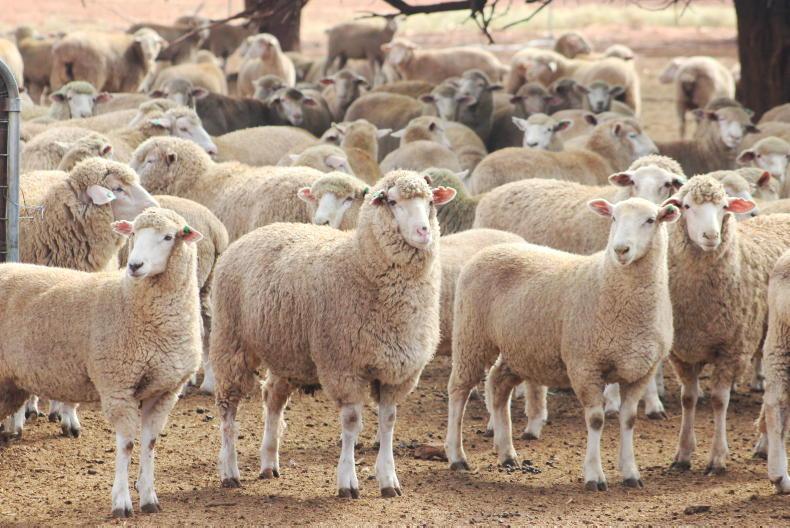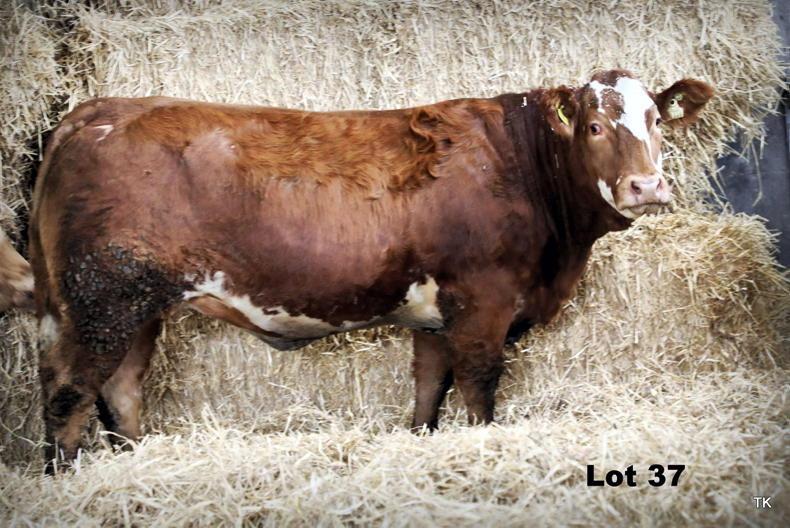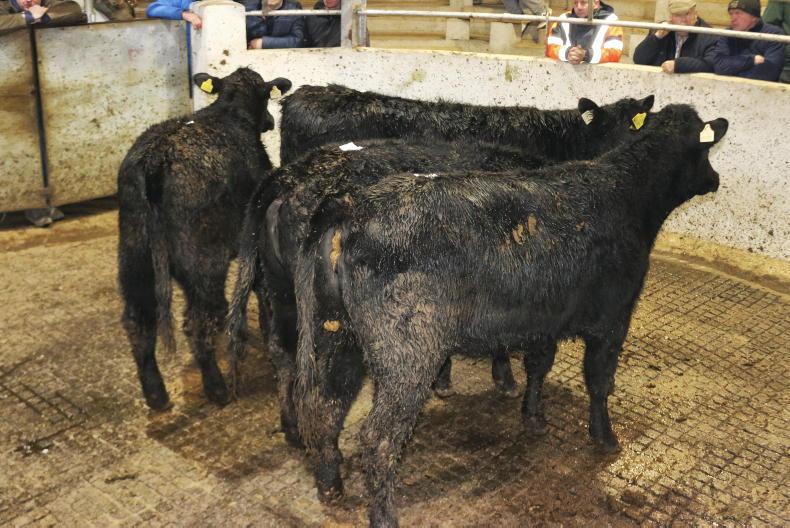The first weeks of the new year feature the Bord Bia release of how much Irish agri food and drink was exported the previous year, where it was exported to, and what the value was.
This provides an in-depth insight to the wellbeing of the produce that comes off Irish farms when it is processed and some indication of what the market conditions are like for farmer suppliers.
Bord Bia has a presence in all of the main markets for Irish food exports but it is not a buyer and seller like, for example, Ornua.
Therefore, Bord Bia has no direct part in setting either the value that farmers get for their produce or the price that factories sell at to their customers in the 180 countries that buy Irish food and drink exports.
Whether prices are high or low is set by the most basic economics equation of all, supply and demand
The value of produce leaving Irish farms is increasingly set by global market values for all commodities as the EU and UK markets open up with trade agreements to global supplies. Whether prices are high or low is set by the most basic economics equation of all, supply and demand.
Drivers of value
Growth in the global population and particularly increasing incomes in Asian markets, though less so in most African markets, means continued increasing demand for meat and dairy produce.
Volumes produced in the UK, our main beef export market, were also down
In the case of beef, when two of the world’s top four exporting countries have significantly reduced supplies to service this market, the value increases.
Supplies reduced in 2021 in Australia because of herd rebuilding after drought and from Argentina because of political restrictions on exports.
Volumes produced in the UK, our main beef export market, were also down, as they were in the EU, so there was plenty of demand from customers for Irish factories.
Bord Bia function
All of this is outside the control and influence of Bord Bia but where they do have a role to play is in being brand ambassadors for Irish food in international markets.
This involves knowing all that there is to know about markets and consumer preferences in those markets.
By relaying this back to the Irish supply chain, it means that Irish exporters and their farmer suppliers are in a position to produce what the highest-value markets are paying in individual countries.
Getting this edge will never be enough to compensate for a seriously weak market, nor will it deliver a dramatic premium in a strong market, but it will make the best of the market that there is.
An interesting angle being pursued to try and get an edge for Irish beef is the pursuit of a PGI application to create an Irish beef brand.
The struggle to harmonise the application across both jurisdictions on the island of Ireland has meant that this is going to take longer than expected but it should get there in the end.
When that happens, the real test will be what market value the brand creates.
In these markets, securing a premium for a significant volume of Irish beef in the way Ornua did for dairy is a huge challenge
Irish beef has a minor place in US and Asian markets that are dominated by grain-fed, not grass-fed production at the premium end.
In the UK and many EU countries, we are the preferred backup supplier to domestic production.
In these markets, securing a premium for a significant volume of Irish beef in the way Ornua did for dairy is a huge challenge.
It should also be noted that the vast majority of Irish dairy is also sold as a commodity outside the premium branded category.
Distribution of value
However, just because it will be difficult doesn’t mean that it shouldn’t be tried. There are no better ideas in circulation on how a premium on Irish grass-fed beef production can be delivered.
If it does succeed, where will the premium go to in the chain? In the case of Irish grass-fed beef at present, the product that is the equivalent to what is produced in Britain commands a farm gate price almost €250/head less because it carries a different label.
That means that there is value in the chain after the farm gate on sales to the UK at either processor, wholesaler, retailer, manufacturer even consumer level, or a combination of all these.
If we can get value into an Irish grass-fed beef brand, the challenge will be to find a mechanism that distributes this fairly across the chain.









SHARING OPTIONS